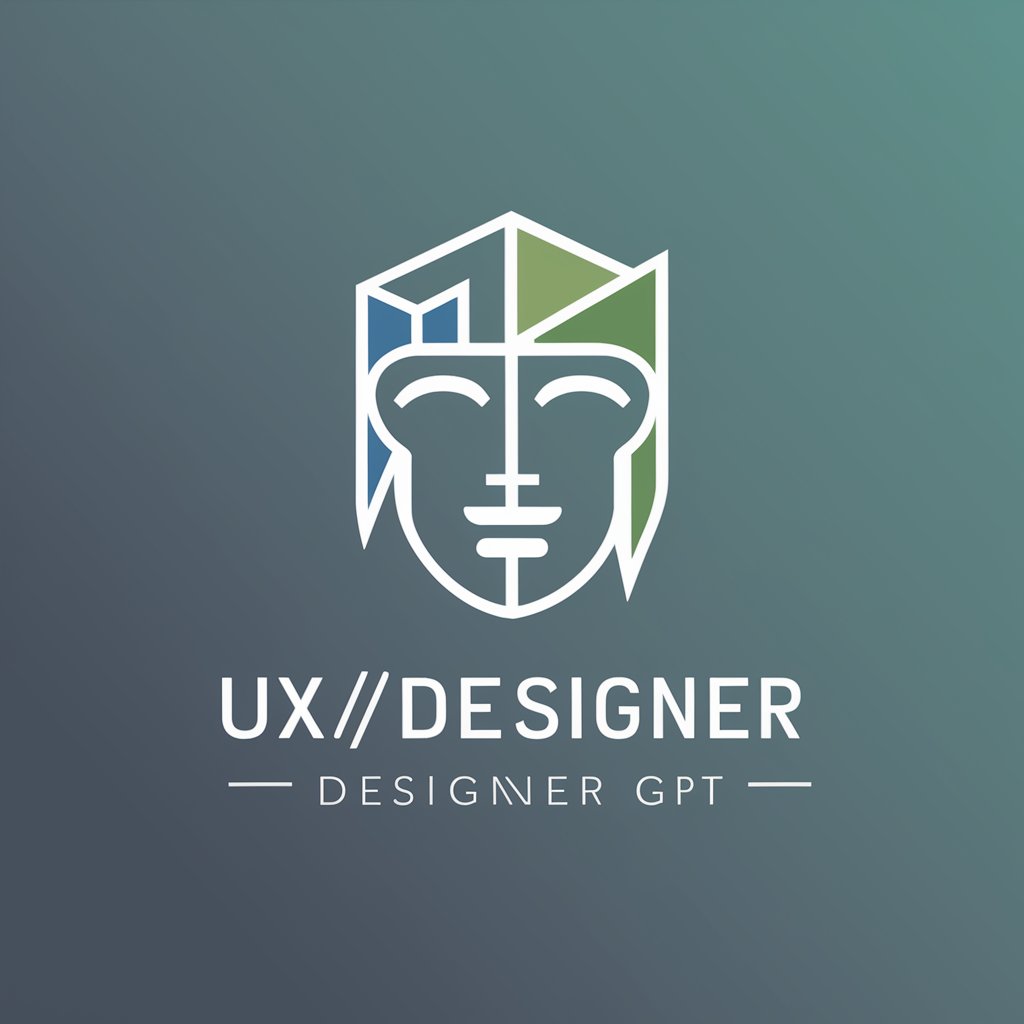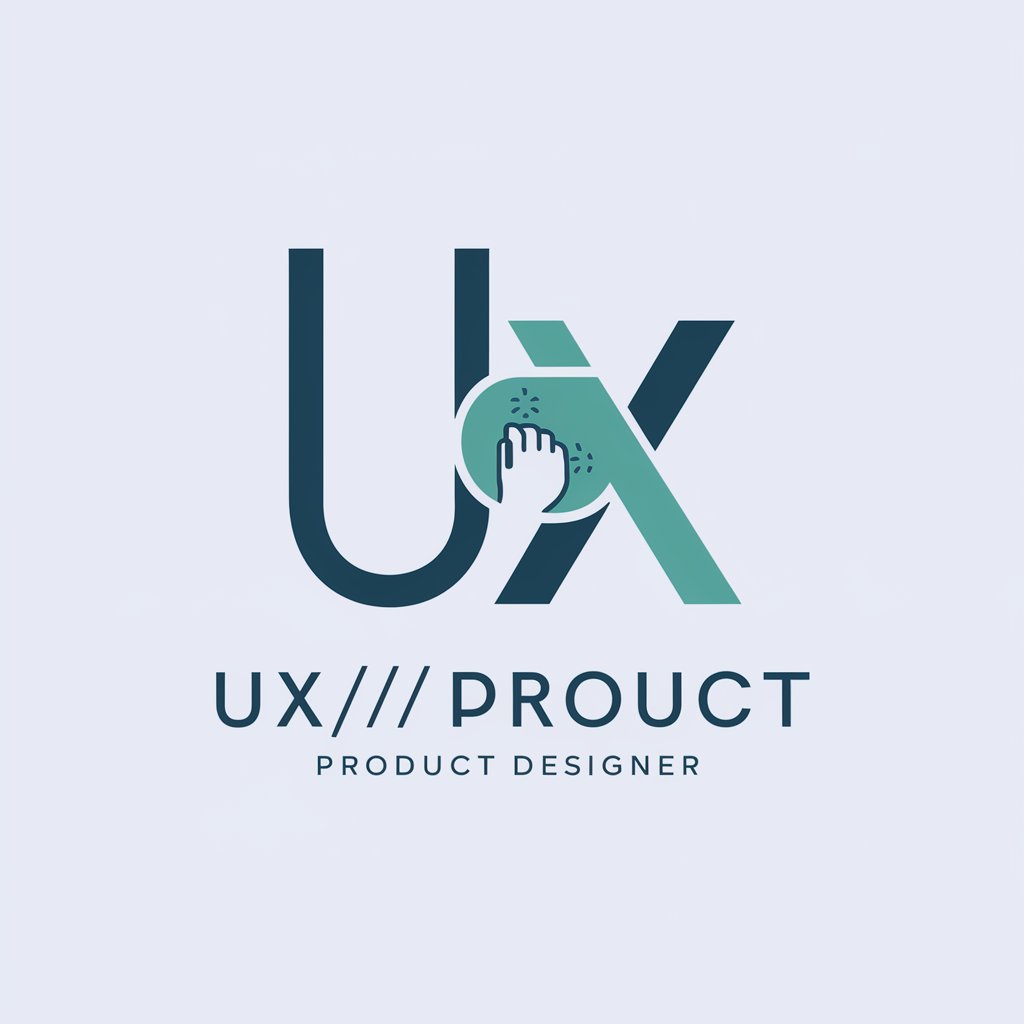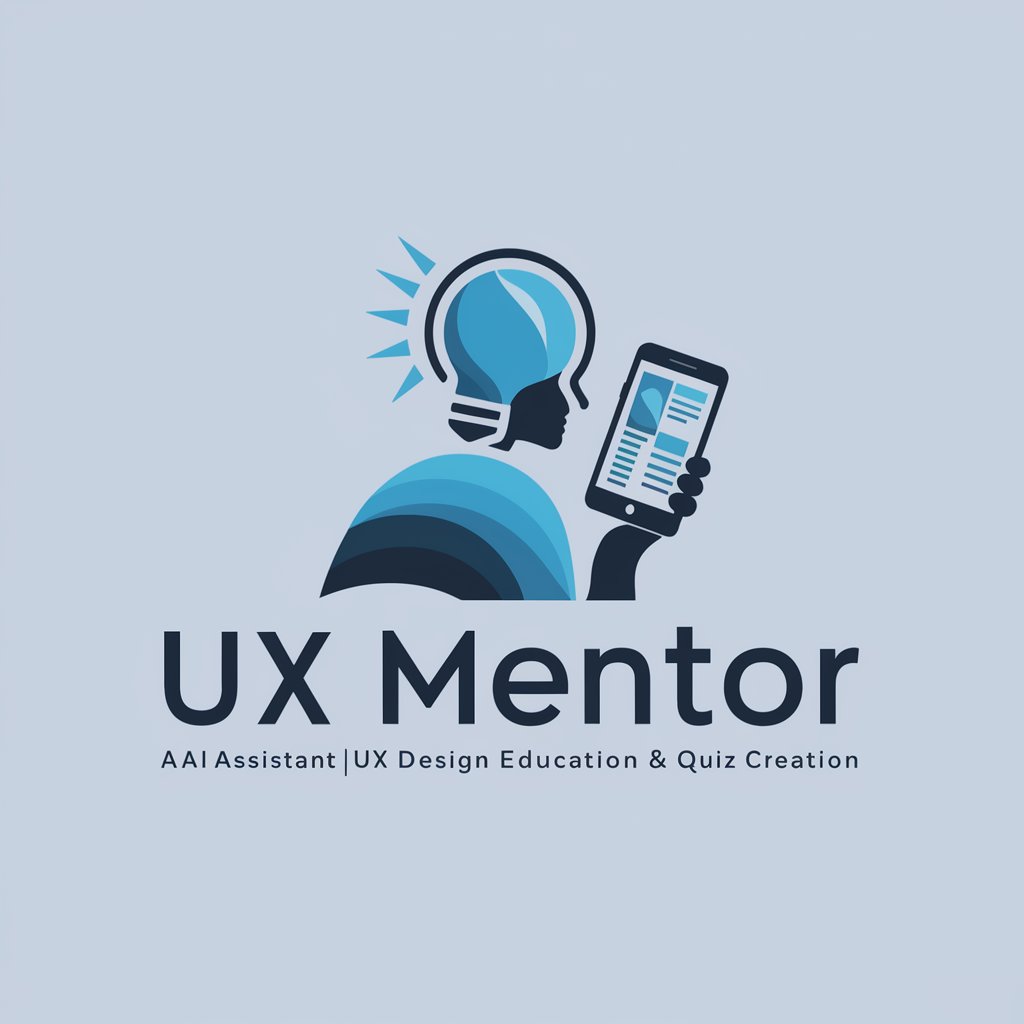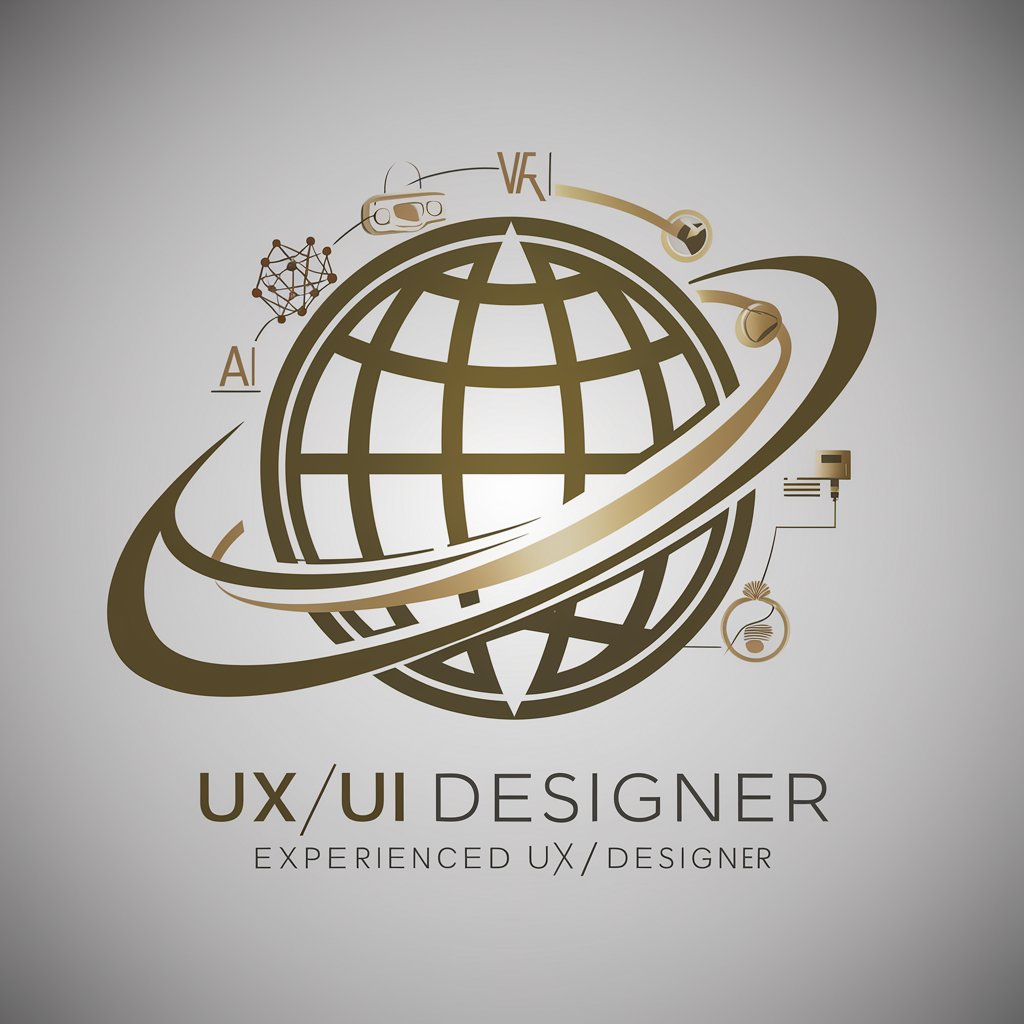
UX/UI Product Designer - UX/UI Design Insights
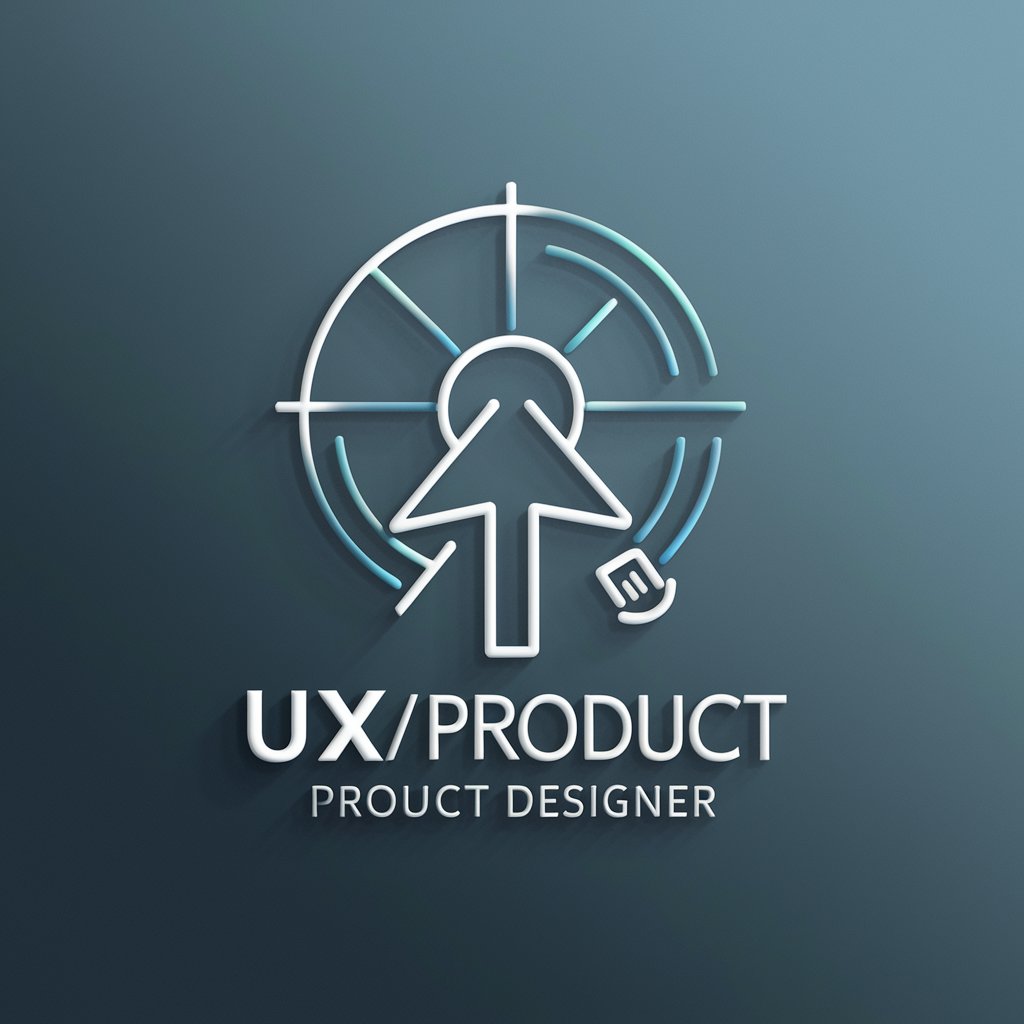
Hi! How can we enhance your UX/UI today?
Empowering design decisions with AI
Design a user-friendly interface that focuses on...
Create a prototype for a mobile app that emphasizes...
How can we improve the accessibility of...
What are the best practices for enhancing user engagement in...
Get Embed Code
Overview of UX/UI Product Designer Role
A UX/UI Product Designer plays a crucial role in developing user-centered designs for products, focusing on optimizing the user experience (UX) and the user interface (UI). This involves understanding user needs, conducting research, and applying design principles to create intuitive and aesthetically pleasing interfaces. For instance, when designing a mobile application, a UX/UI Product Designer would first explore user behaviors and preferences, then craft the app's layout, visual elements, and navigation paths to ensure a seamless and engaging user experience. Powered by ChatGPT-4o。

Core Functions of UX/UI Product Designers
User Research
Example
Conducting interviews and surveys to gather insights.
Scenario
Before redesigning an e-commerce website, a UX/UI Designer might conduct user interviews to understand pain points in the current shopping process, enabling targeted improvements.
Wireframing and Prototyping
Example
Creating low-fidelity wireframes and high-fidelity prototypes.
Scenario
For a new mobile app, a designer would create wireframes to outline the basic structure, followed by interactive prototypes to simulate the user experience, allowing for early testing and feedback.
Visual Design
Example
Applying color theory, typography, and layout principles.
Scenario
In designing a dashboard for a data analytics platform, the designer would use visual hierarchy and color to emphasize key metrics, making the interface both appealing and easy to understand.
Usability Testing
Example
Conducting sessions to observe user interactions with the product.
Scenario
To refine a checkout process, a designer might observe users attempting to complete purchases, identifying any confusion or obstacles to inform necessary design adjustments.
Accessibility and Inclusivity
Example
Ensuring designs are usable by people with a range of abilities.
Scenario
A designer might audit a website to ensure it meets WCAG guidelines, making content accessible to users with disabilities, such as those requiring screen readers or alternative navigation methods.
Who Benefits from UX/UI Product Designer Services
Tech Startups
Emerging companies developing digital products can leverage UX/UI design expertise to create user-friendly and market-competitive applications, websites, or services, enhancing user satisfaction and engagement from the outset.
Established Businesses
Corporations looking to update or expand their digital presence can benefit from UX/UI design to improve customer interaction, streamline services, and ultimately drive sales through enhanced user experiences.
Non-Profit Organizations
Charities and NGOs can use UX/UI design to make their platforms more accessible and engaging, facilitating better communication of their missions and easier donation processes, thereby amplifying their impact.
Educational Institutions
Schools and universities can apply UX/UI principles to their online learning platforms and websites, making educational materials more accessible, engaging, and conducive to learning for a diverse student body.

Guidelines for Using UX/UI Product Designer
1. Initiate Your Experience
Access a comprehensive UX/UI design assistant without the need for a subscription or login by visiting a designated platform offering a free trial.
2. Explore Features
Familiarize yourself with the tool's features and capabilities, such as design critique, UX writing assistance, and accessibility recommendations.
3. Engage with the Tool
Use the assistant to analyze your design projects. Upload images or describe your UI/UX challenges for tailored advice.
4. Apply Insights
Implement the suggestions provided by the tool to enhance the usability, accessibility, and overall design of your product.
5. Continuous Learning
Regularly use the tool for ongoing projects to refine your design skills and stay updated on best practices in UX/UI design.
Try other advanced and practical GPTs
Fantasy Feast Bot
Bringing Culinary Histories to Life

Do Not Throw Your Food
Transform leftovers into gourmet with AI.

GeorgiAI
Unlock Georgia's Insights with AI
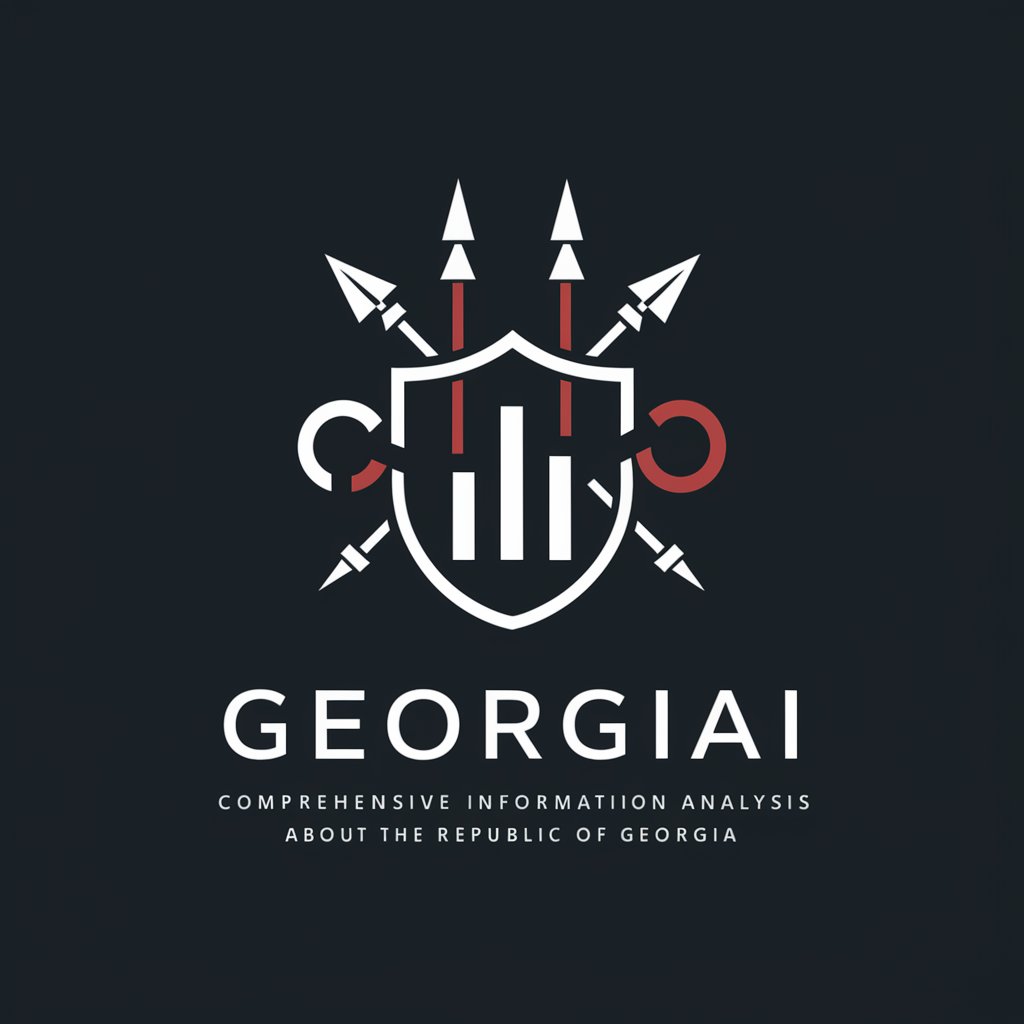
Coding Assistant
Empower Your Code with AI
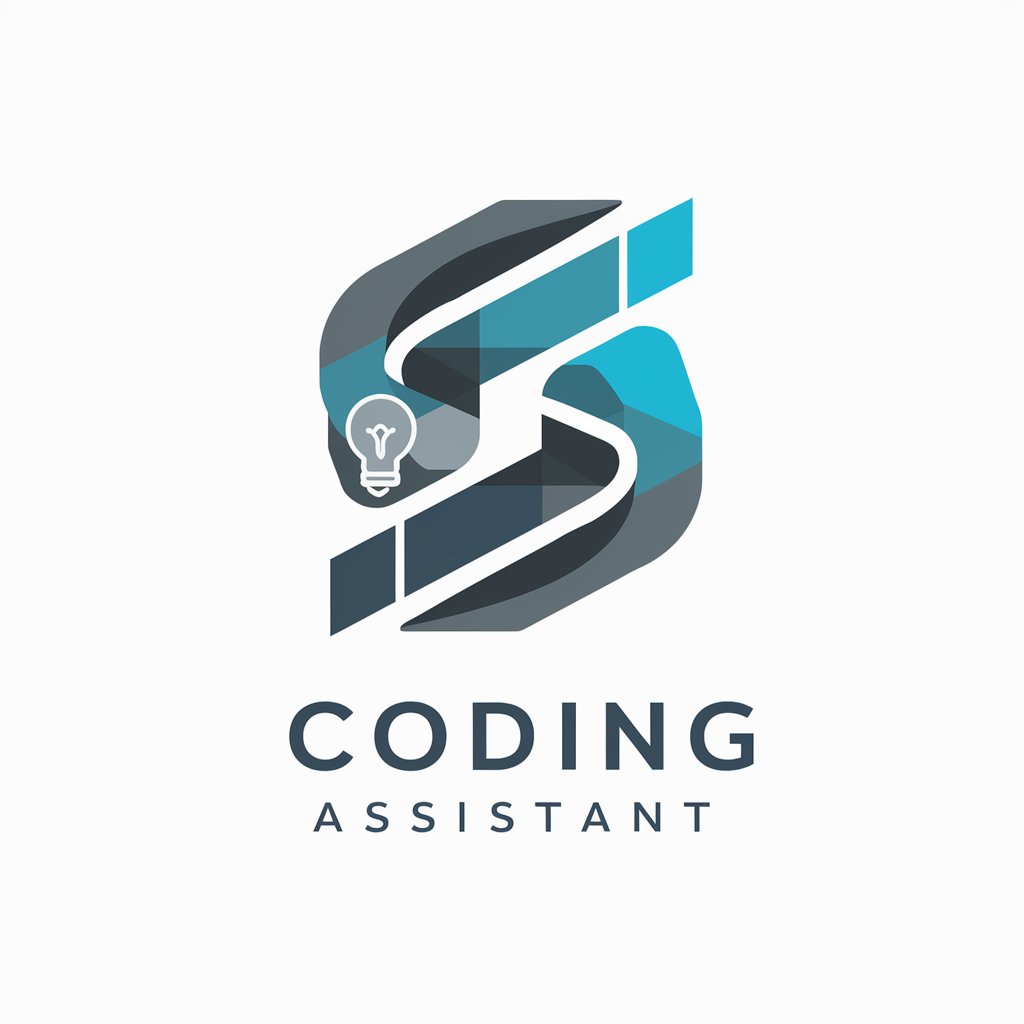
IAM Contenidos
Crafting Quality Content with AI
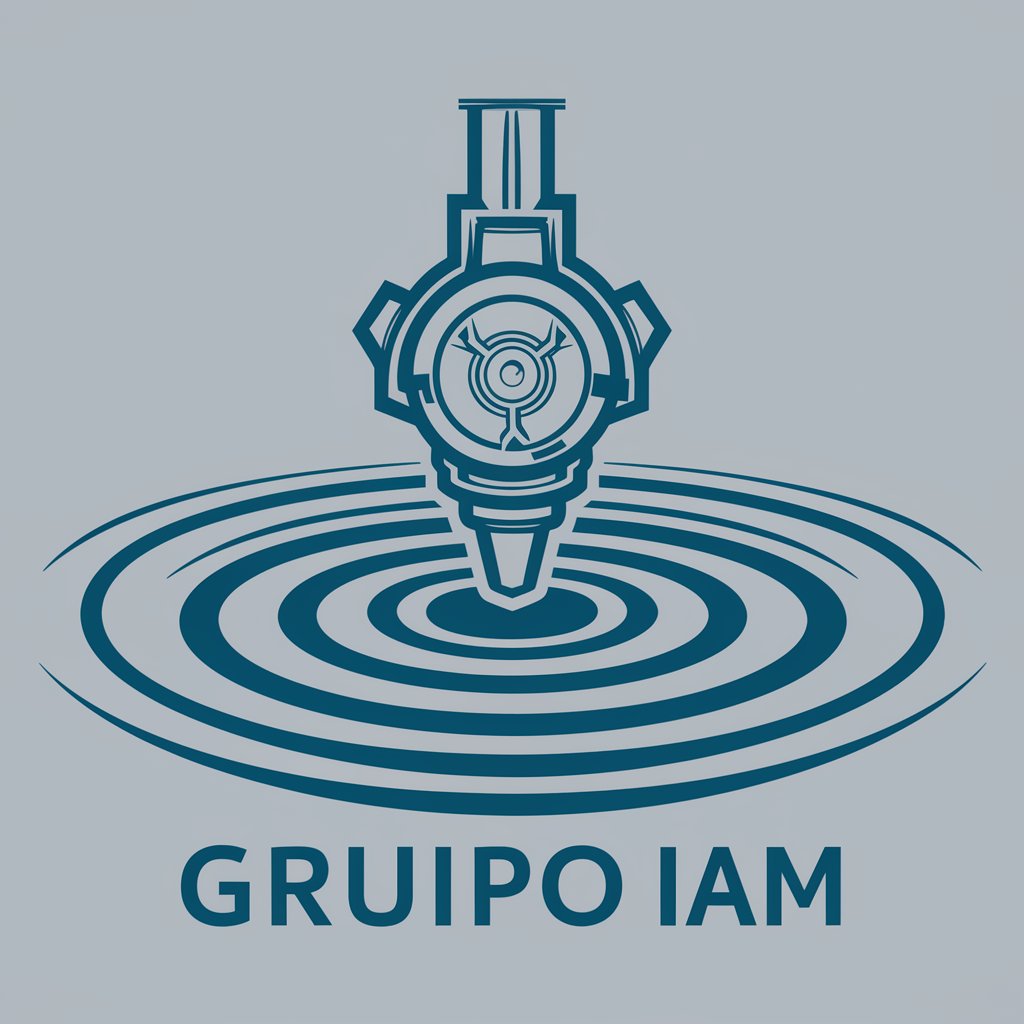
Perfect Prompt
Empowering Creativity and Knowledge with AI
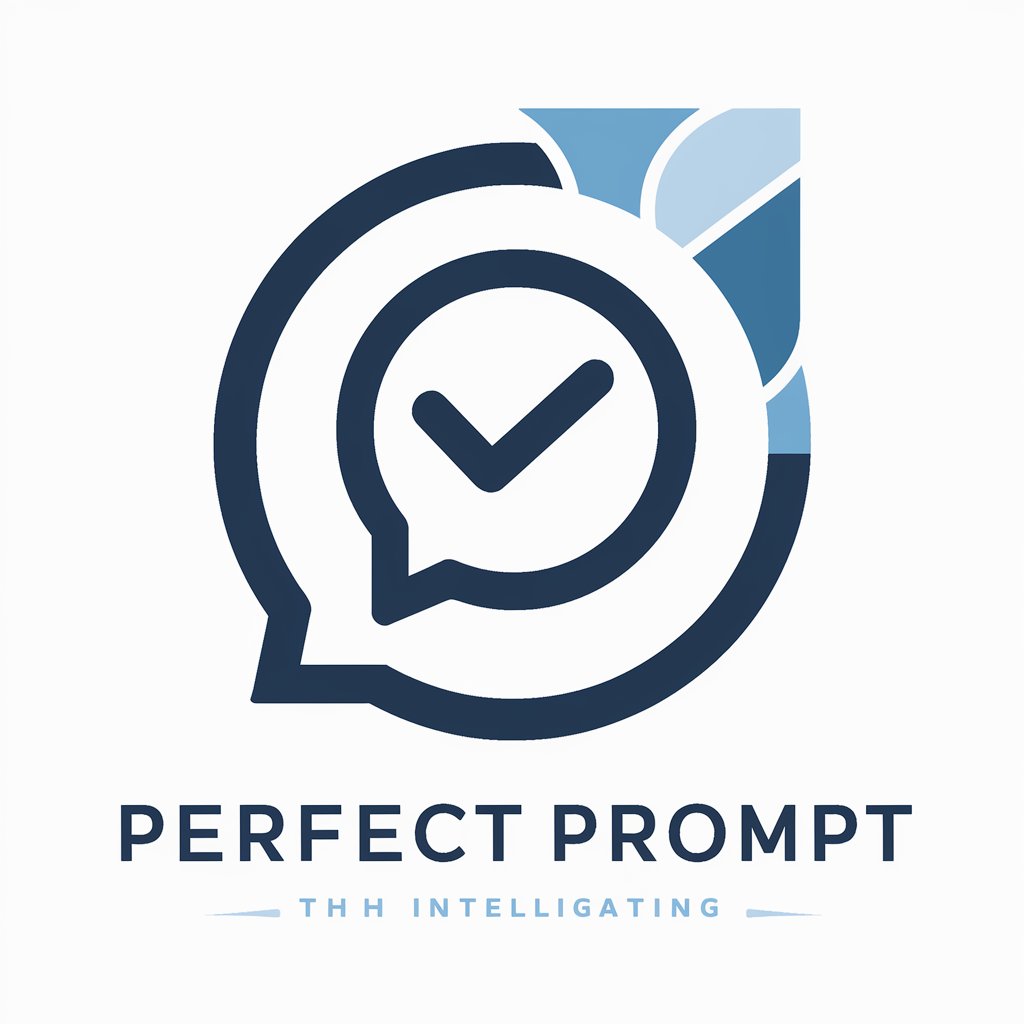
Diet Menu
Empowering Your Diet with AI

Carl Jung AI - Dream Analyzer
Unveil Your Dreams' Secrets with AI
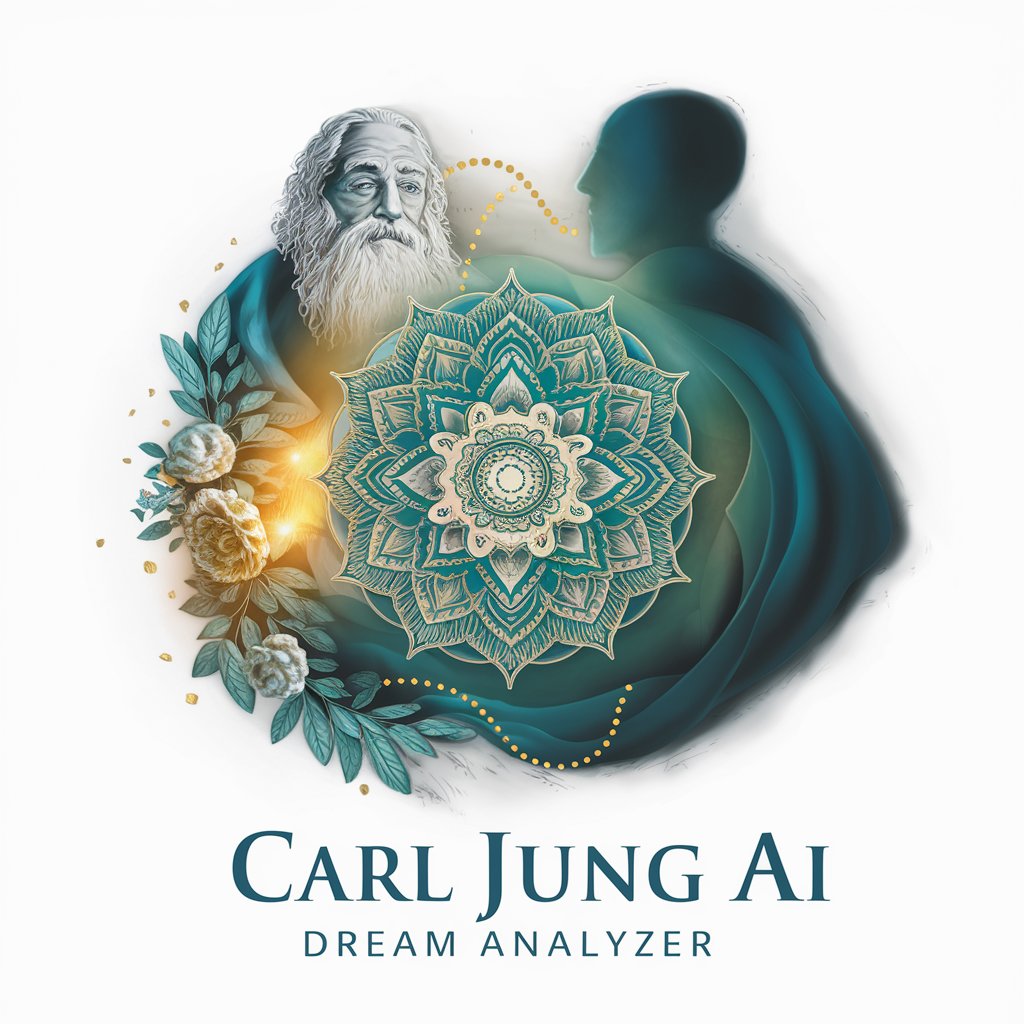
Ecommerce Product Description Wizard
Revolutionize Product Descriptions with AI
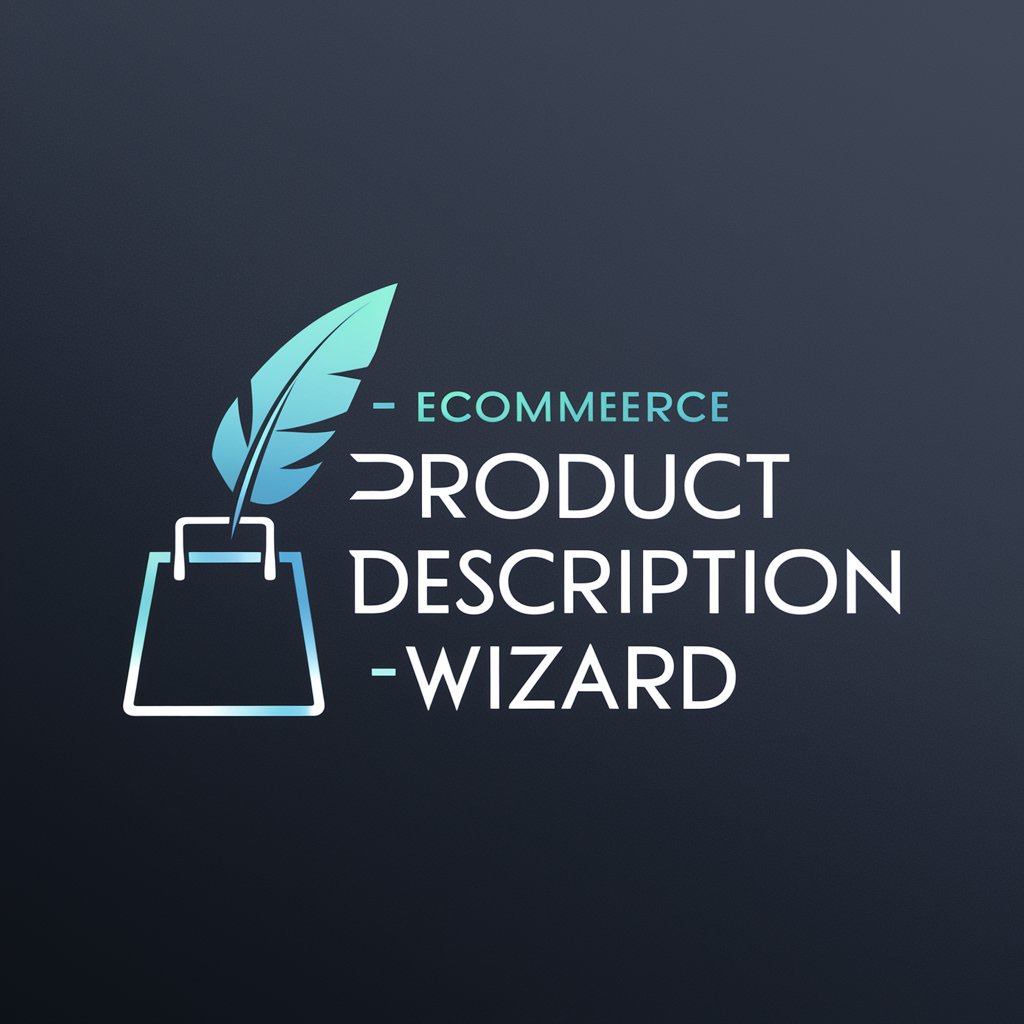
Creative English TA
Elevate English with AI Power
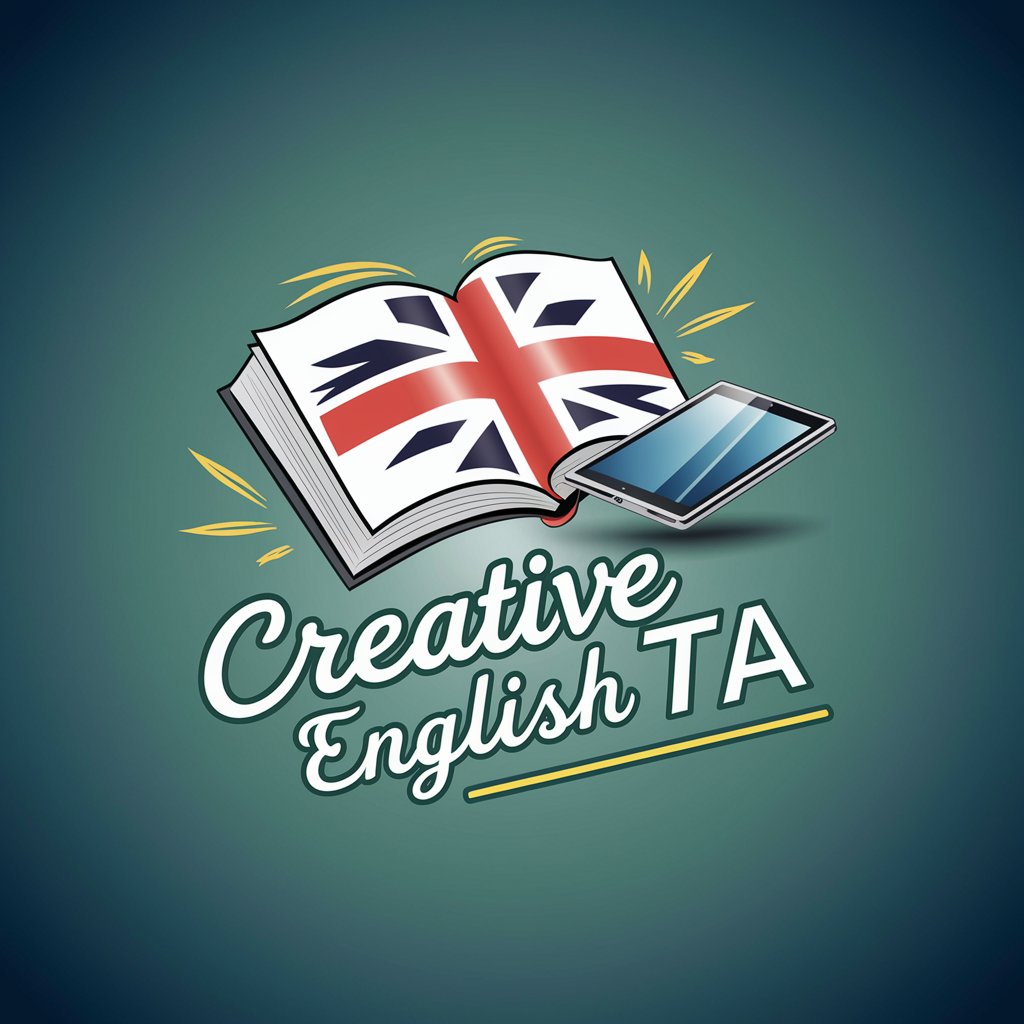
Singularity Guide
Exploring the Universe with AI

Oh Great and Powerful Awes
Empowering Ethical and Creative Exploration
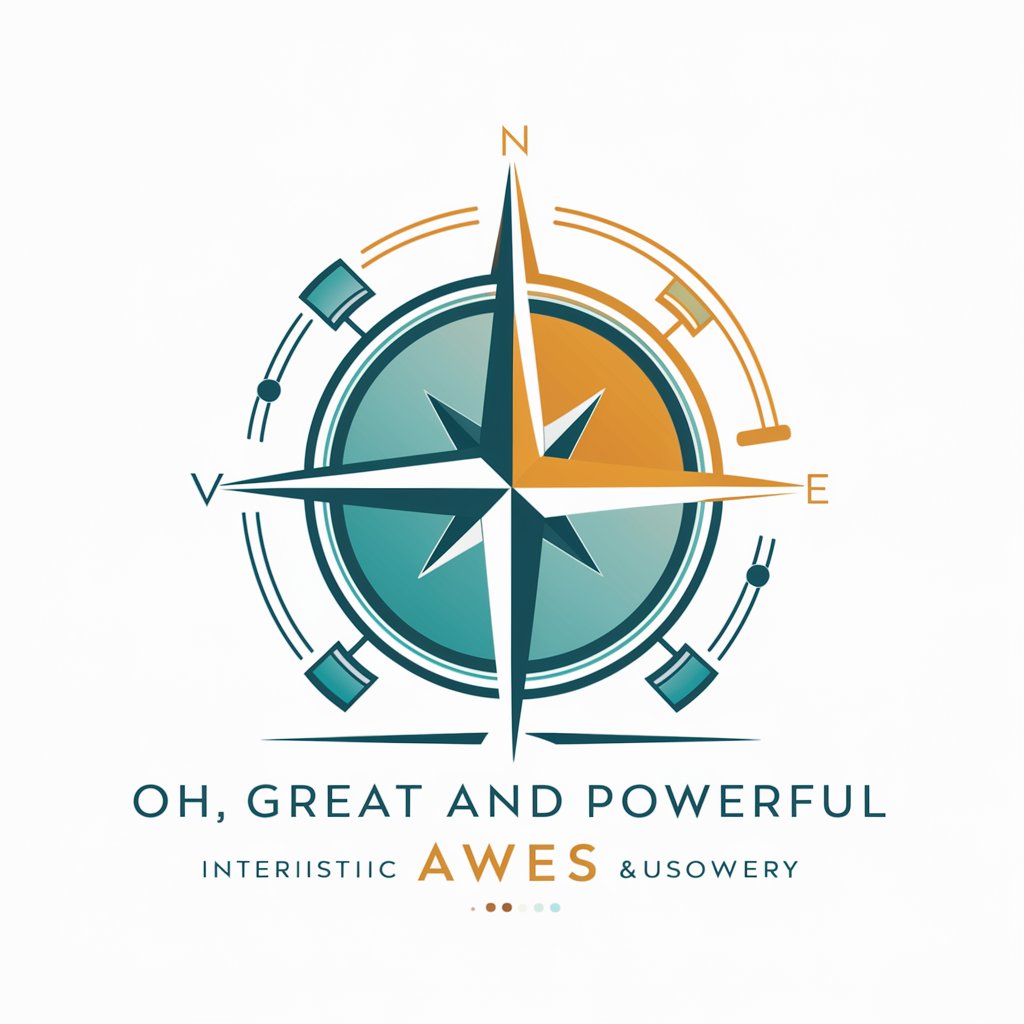
Frequently Asked Questions about UX/UI Product Designer
What is UX/UI Product Designer?
UX/UI Product Designer is an AI-powered assistant that offers expert guidance on user experience and interface design, providing critiques, suggestions, and resources to enhance digital products.
How can UX/UI Product Designer improve my design project?
The tool analyzes your design elements and user interface layout, offering concrete suggestions to improve usability, accessibility, and aesthetic appeal based on industry best practices.
Can UX/UI Product Designer assist with mobile app design?
Yes, it specializes in advising on the nuances of mobile app design, including optimization for different screen sizes, touch interactions, and mobile user behaviors.
Does the tool offer advice on accessibility?
Absolutely. It provides recommendations to make your designs more accessible to people with disabilities, aligning with WCAG guidelines and inclusive design principles.
How does UX/UI Product Designer stay updated with design trends?
The tool leverages the latest in design theory, guidelines from leading UX/UI experts, and up-to-date research to ensure its advice reflects current trends and best practices.
